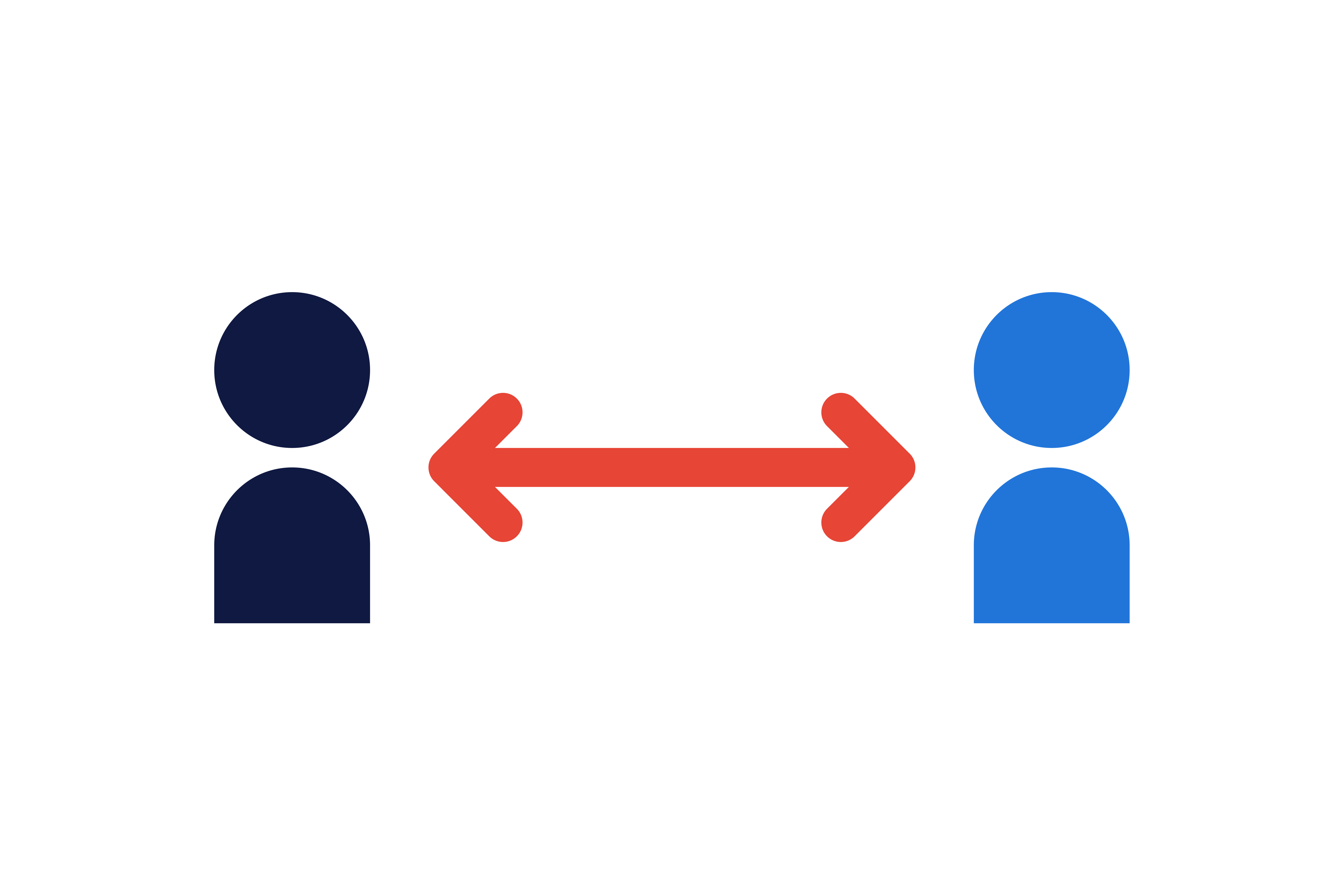The food manufacturing industry already adheres to stringent safety measures but, as one of the main industries to remain open during this pandemic, they have had to quickly learn and adapt to new protocols and standards.
Whether you’ve kept your operations running or you’re welcoming teams safely back to work we’ve created some helpful health & safety tips to protect your food production lines and people.
Watch the video below, read our top tips and download our health and safety checklist.
Three key areas to think about when planning your safely back to work action plan;
Risk assessments
- Check any idle machinery and equipment as it may need inspection and testing to ensure it’s working properly
- Ensure appropriate plans are put in place to make way for production to be paused in order to increase cleaning frequency
- Be prepared with your stock control.aw materials and ingredients should be readily available to ensure work can be carried out
- Check that you have adequate stocks of suitable cleaning chemicals and that they are in-date.
Personal Protective Equipment (PPE)
- Continue to ensure the use of PPE - you may need to order more than usual to adapt to the new regulations set in place and in line with your current and updated Health & Safety at Work policies
- Stress the importance of more frequent handwashing and maintaining good hygiene practices in both food preparation and handling areas
- Employees should wash their hands for at least 20 seconds, especially after being in a public place, blowing their nose, coughing, or sneezing
- Ensure that objects and surfaces that are touched regularly are frequently cleaned and disinfected using cleaning products
- If gloves are used, they should be changed as often as you would wash hands and you must wash your hands when changing or removing gloves. Gloves must be changed after carrying out non-food related activities, such as opening and closing doors by hand, handling money and emptying bins. Food workers should avoid touching their mouth and eyes when wearing gloves.
- There may be situations where face masks will be essential to protect high-risk foods or where workers are exposed to airborne risks. Continue to follow your current policies on the use of face masks.
- Where your staff choose to wear face coverings, either to travel to work or in the workplace, put procedures in place for hygienic use, handling and storage or disposal of face coverings. Inappropriate use and handling could present a risk to food hygiene and safety.
Social distancing
It’s not always possible to follow the 2 metre distancing guidance - employers and employees must do everything they reasonably can to reduce risk:
- Assign workers to the same shift teams
- Stagger shift start times and entry points
- Work back-to-back or side-to-side (avoid face to-face)
- Mark 2metre safety distancing using bright safety tape
- Close communal meeting areas/offices
- Avoid workstation rotation where possible
- Use screens or barriers to separate workers if possible
- Consider additional pop-up handwashing stations.
These are just a few of our bite-sized tips. For more information and support, contact our randstad inhouse services team on riscdt@randstad.co.uk.
Stay safe.

